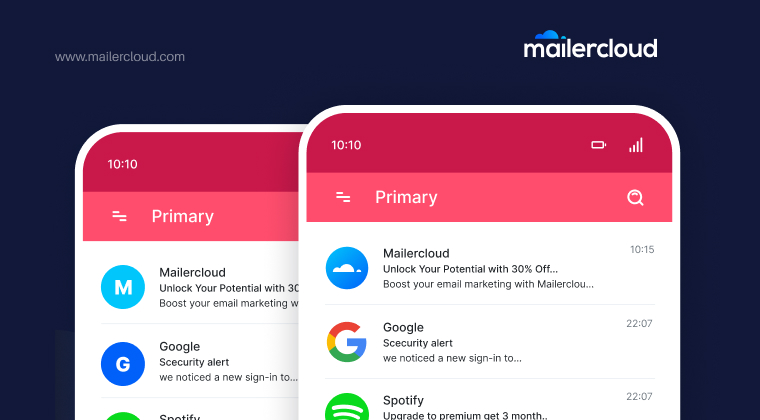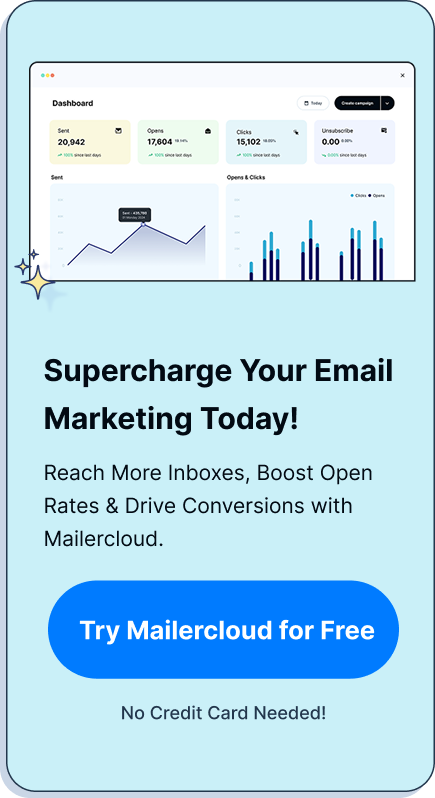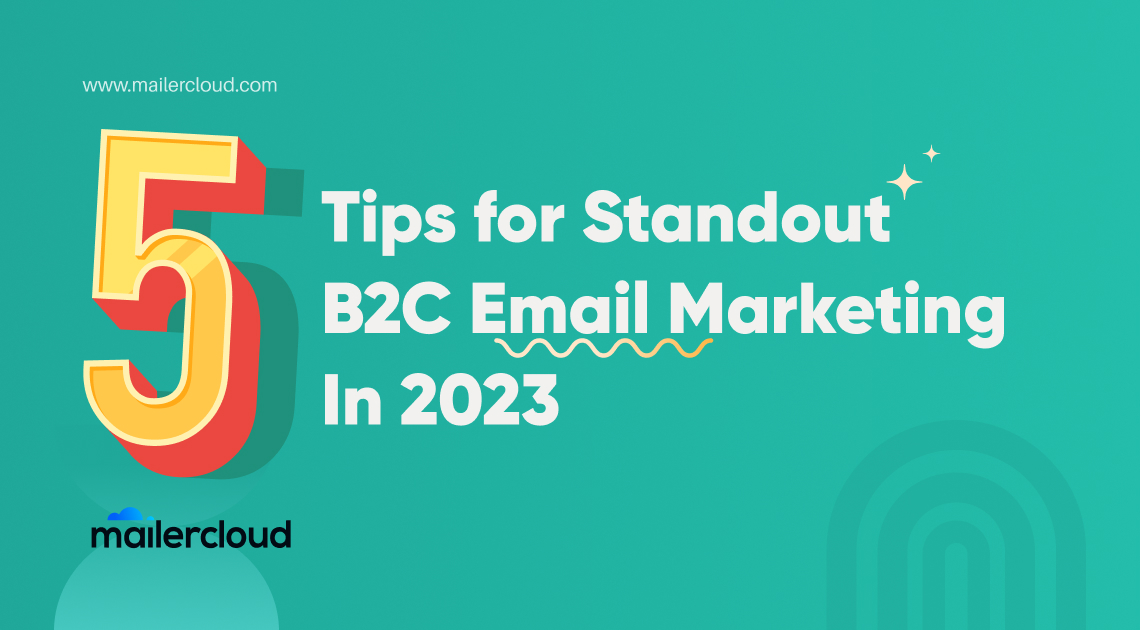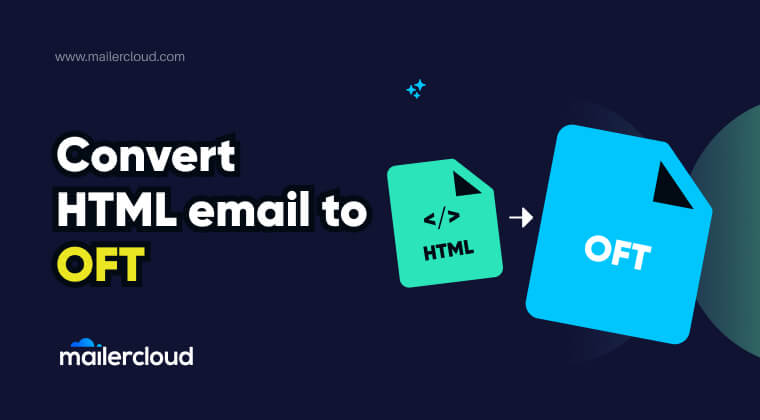If you’re an email marketer, you’ve probably heard about BIMI, but what exactly is it, and why is it becoming such a big deal?
In the ever-evolving world of email marketing, staying ahead of trends is crucial. Brand Indicators for Message Identification, or BIMI, is one of the latest innovations designed to enhance email security and boost brand visibility. This emerging email standard offers a way for email senders to display their brand logos directly in the inbox, enhancing both recognition and trustworthiness. This blog will break down what BIMI is, how it works, and why it’s important for marketers like you.
Table of Contents
Why You Need to Implement BIMI in Your Email Marketing
Implementing BIMI in your email marketing strategy can significantly boost your brand’s visibility and trustworthiness. By displaying your brand’s logo directly in the recipient’s inbox, BIMI not only increases brand recognition but also helps distinguish your emails from phishing attempts. This logo display is especially crucial in a world where phishing and email scams are rampant. BIMI ensures that only authenticated email messages can display your logo, which can lead to higher open rates and better engagement with your email campaigns. If you haven’t yet implemented BIMI, you’re missing out on a powerful means of email authentication that can protect your brand and enhance your marketing efforts.
How Does BIMI Work?

At its core, BIMI allows your brand’s logo to appear in the inbox alongside your email messages, but how does this actually happen?
BIMI leverages existing email authentication protocols like DMARC (Domain-based Message Authentication, Reporting & Conformance), SPF (Sender Policy Framework), and DKIM (DomainKeys Identified Mail). These protocols ensure that the email is indeed from your domain and not a spoofed address. When an email passes these authentication checks, the recipient’s mailbox provider can display your brand’s logo next to the email, provided that the provider supports BIMI. To get started with BIMI, you need to create a BIMI TXT record for your domain that points to the location of your logo file, which must be in SVG format. This setup is essential for BIMI to work properly and for your logo to appear in the inbox next to your email.
The Role of SPF and DKIM in BIMI Implementation
You can’t have BIMI without DMARC, but what exactly is DMARC and why is it important?
DMARC is a crucial email authentication protocol that ensures that your emails are not spoofed by malicious actors. It works by aligning the “From” address in your email with the SPF and DKIM records associated with your domain. When your domain is protected by a valid DMARC policy, it allows mailbox providers to verify the authenticity of your emails. Without DMARC, BIMI cannot function because it relies on the verification process DMARC provides. This is why it’s critical to have a proper DMARC record in place as part of your overall BIMI setup. Since BIMI builds on these existing standards, having a robust email authentication setup with DMARC, SPF, and DKIM is essential for ensuring that your brand’s logo displays correctly and securely in the inbox.
Which Mailbox Providers Support BIMI?
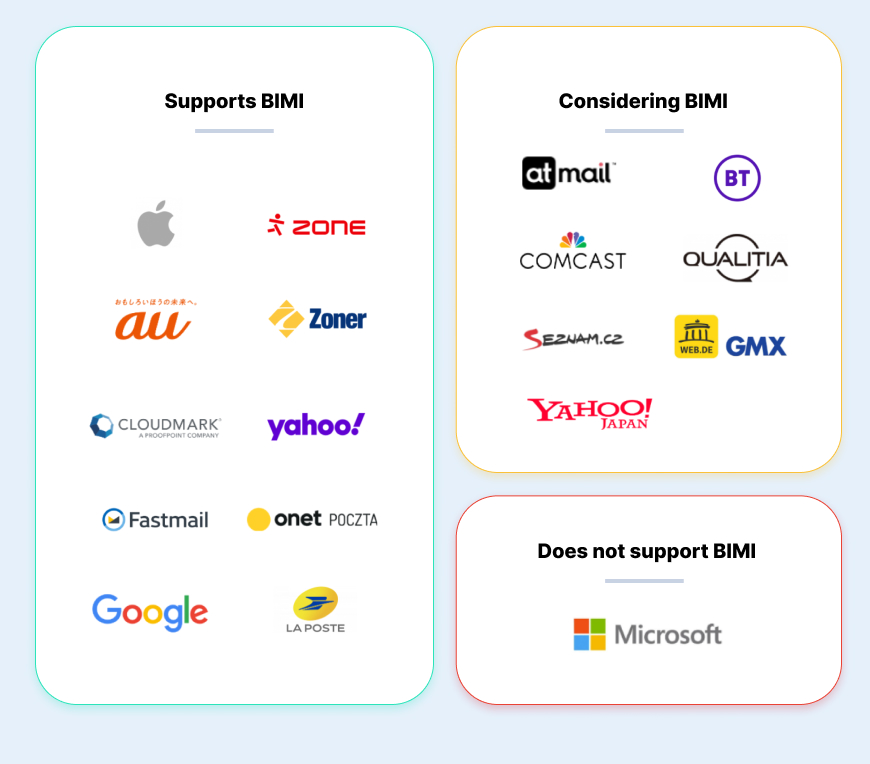
Not all mailbox providers support BIMI yet, but which ones do, and what does this mean for your email marketing strategy?
Currently, major mailbox providers like Gmail, Yahoo, and Fastmail support BIMI. However, not all providers are on board yet. For those that do, displaying your logo via BIMI often requires that you have a Verified Mark Certificate (VMC), which is issued by a trusted certificate authority. This certificate validates your logo and ensures it’s the correct one associated with your brand. As more providers adopt BIMI, the potential impact on email marketing will grow. For now, understanding which providers support BIMI can help you target your efforts where they’ll be most effective. Getting BIMI ready for your organization means staying updated with the latest developments and ensuring your email marketing strategy is aligned with this emerging standard.
Optimizing Your Brand Logo for BIMI
Your brand’s logo is a key component of your BIMI setup. For BIMI to display your logo correctly, it must be in SVG format and meet the required specifications set by the BIMI working group. This ensures that your BIMI logo is clear and scalable, maintaining its professional appearance across different email clients. It’s also important to host your logo on a secure server, as the BIMI DNS record will reference this URL to ensure your brand logo is displayed accurately.
To maximize BIMI support and prevent your logo from being associated with fraudulent emails, make sure that your BIMI setup includes proper email authentication protocols like DMARC, SPF, and DKIM. These measures help ensure that only your authenticated emails display the BIMI logo, protecting your brand and enhancing trust with your audience. Remember, without BIMI, your logo won’t appear next to your emails, and you’ll miss out on the enhanced visibility and security that BIMI offers.
Understanding the Role of Verified Mark Certificates (VMC) in BIMI
A Verified Mark Certificate (VMC) is essential for implementing BIMI. The VMC acts as a digital seal of authenticity, proving that your brand’s logo is legitimate and authorized to be displayed in recipients’ inboxes. Obtaining a VMC from a trusted certificate authority is a critical step in the BIMI setup process. Without a VMC, even if you have a BIMI record in place, your logo will not be displayed by most mailbox providers. This means you’ll need to secure a VMC to fully leverage BIMI for your organization, ensuring that your brand’s logo is protected and displayed correctly.
Configuring the TXT Record for BIMI
The TXT record is a DNS entry that plays a crucial role in your BIMI setup. This record links your domain to the location of your SVG logo, allowing mailbox providers to retrieve and display your logo alongside your emails. Properly configuring the BIMI TXT record is vital for BIMI to function correctly. Make sure the record is accurately formatted and points to the correct URL of your logo file. By doing so, you ensure that your BIMI setup is robust and ready for implementation across various email clients.
How to Set Up BIMI for Your Emails
Ready to implement BIMI for your emails? Here’s a step-by-step guide to get you started.
- Obtain a Verified Mark Certificate (VMC): Start by acquiring a VMC, which is essential for displaying your logo in the inbox.
- Create Your BIMI Record: This involves setting up a DNS TXT record that includes the URL to your SVG logo.
- Ensure Your Domain is DMARC-Compliant: Make sure that your domain has a DMARC policy in place to authenticate your emails.
- Test Your BIMI Implementation: Use BIMI lookup tools to verify that your setup is working as expected.
By following these steps, you can ensure that your BIMI implementation is successful and that your brand’s logo appears in your recipients’ inboxes. Since BIMI ensures only authenticated emails can display your logo, this setup is crucial for maintaining your brand’s integrity and improving your email marketing performance.
The Benefits of BIMI for Email Marketers
So, why should you go through the trouble of implementing BIMI? Here’s what’s in it for you.
- Increased Brand Recognition: Your logo in the inbox increases visibility and helps your emails stand out.
- Improved Trust: Recipients are more likely to trust and open emails from brands they recognize.
- Enhanced Security: BIMI, combined with DMARC, helps protect your brand from phishing attacks and ensures that your emails are not mistaken for fraudulent emails.
- Better Email Deliverability: BIMI can improve your email deliverability by signaling to mailbox providers that your emails are legitimate.
These benefits make BIMI an essential tool for any email marketer looking to enhance their campaign performance and protect their brand’s reputation.
Challenges in BIMI Implementation
BIMI sounds great, but what are the potential challenges you might face?
Implementing BIMI can be complex, particularly if you’re not familiar with DNS records and email authentication. Common challenges include obtaining a Verified Mark Certificate, ensuring DMARC compliance, and correctly formatting your SVG logo according to BIMI specifications. It’s important to work closely with your IT team or a trusted service provider to navigate these challenges successfully. Without proper implementation, you might not be able to fully benefit from what BIMI has to offer.
How BIMI Can Improve Your Email Deliverability
Wondering if BIMI can actually help your emails reach the inbox? The answer is yes, and here’s how.
BIMI can positively impact your email deliverability by enhancing your domain’s email reputation. When mailbox providers see that your domain has implemented BIMI, they recognize that your emails are authenticated and trustworthy. This reduces the likelihood of your emails being marked as spam and increases the chances of them landing in the primary inbox. By getting BIMI ready, you’re not just improving your brand’s visibility but also ensuring that your email marketing efforts are more effective.
BIMI and Email Security: Protecting Your Brand from Phishing
Phishing is a major threat to email marketers, but BIMI can help safeguard your brand.
Phishing attacks often involve spoofed email addresses that trick recipients into believing the email is from a trusted source. BIMI, when combined with DMARC, makes it harder for attackers to spoof your domain. Only authenticated emails from your domain can display your logo, making it easier for recipients to identify legitimate communications from your brand. In a world where phishing and email scams are increasingly sophisticated, BIMI provides an additional layer of security that is essential for protecting both your brand and your customers.
Getting Started with BIMI: What You Need to Know
If you’re ready to dive into BIMI, here are the key things to keep in mind.
- DMARC is a Prerequisite: Ensure your domain is DMARC-compliant before attempting to implement BIMI.
- VMC is Necessary: Without a Verified Mark Certificate, your logo won’t display, even if you have a valid BIMI record.
- Testing is Crucial: Always test your BIMI setup using BIMI lookup tools to confirm everything is configured correctly.
By understanding these requirements, you’ll be better prepared to implement BIMI effectively. This emerging email standard is becoming increasingly important for marketers who want to stay ahead of the curve and protect their brands in today’s competitive digital landscape.
Key Takeaways
- BIMI Boosts Brand Visibility: Displaying your logo in the inbox increases brand recognition.
- Strong Email Authentication is Essential: BIMI requires DMARC, SPF, and DKIM to function.
- BIMI Improves Deliverability: Enhanced reputation leads to better email deliverability.
- Protects Against Phishing: BIMI helps differentiate legitimate emails from phishing attempts.
By understanding and implementing BIMI, email marketers can enhance their email campaigns, protect their brand, and improve overall email performance. As BIMI adoption continues to grow, staying ahead of this trend will be crucial for effective email marketing.
As a Marketing Director, I develop and implement marketing strategies, conduct market research, and manage a team of marketing professionals. With a successful track record of launching campaigns that drive revenue growth, I bring my marketing expertise to blog writing, creating engaging content that promotes the brand and its products/services.





























